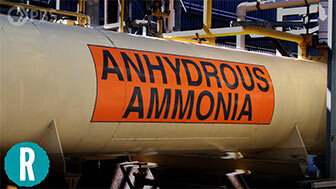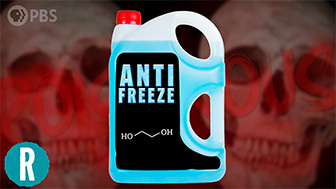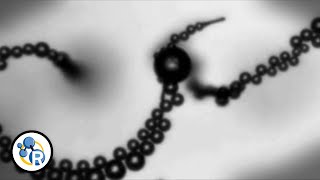The Statue of Liberty is an iconic blue-green symbol of freedom. But did you know she wasn’t always that color? When France gifted Lady Liberty to the U.S., she was a 305-foot statue with reddish-brown copper skin. Her color change is thanks to about 30 years’ worth of chemistry in the air of New York City harbor. Get an education on the chemistry of how this monumental statue transitioned from penny red to chocolate brown to glorious liberty green in this Reactions video.
- Sources:
- The Statue of Liberty’s Beguiling Green
- Copper patinas formed in the atmosphere—II. A qualitative assessment of mechanisms
- Copper patinas formed in the atmosphere—I. Introduction
- Copper patinas formed in the atmosphere—III. A semi-quantitative assessment of rates and constraints in the greater New York metropolitan area
- Oxidation reaction: Why is the Statue of Liberty blue-green? How does rust work?
- 1.3. Architectural Considerations - Weathering, Corrosion, Staining, Substrate, Solder, Sealants (just look at the sweet note after this post)
- Why does copper turn green?
- Influence of the environment on the patina of the Statue of Liberty
expert-cited article from ACS’s own ES&T
Livingston, R.A. Influence of the environment on the patina of the Statue of Liberty. Environ. Sci. Technol.
Zoltai, T. and Stout, J.H. Mineralogy: Concepts and Principles. 1984. Burgess (Minneapolis).









